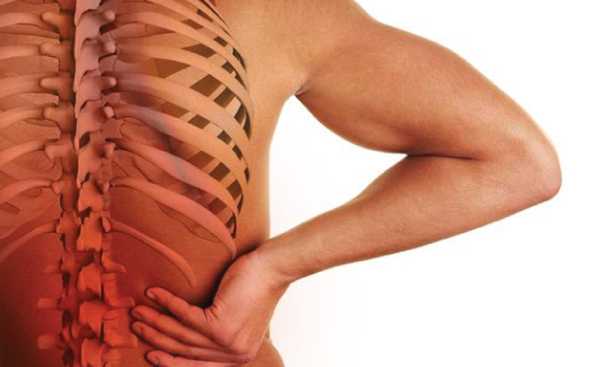SPINAL MENINGITIS A life-threatening infection

The mention of the name spinal meningitis sends shivers down one’s spine, as it is a life-threatening infection that can lead to disability or death if not treated. The infection, affecting the brain and spinal cord membranes, spreads rapidly through the body. Currently, more than 450 million lives of people living in Africa are at risk of being infected with spinal meningitis, which can kill in 24 hours. Here’s an overview of the disease.
Spinal meningitis, also referred as meningococcal meningitis, is an infection of the meninges – fluid and membranes surrounding the brain and spinal cord. The disease is commonly diagnosed among infants, adolescents and young adults. According to statistics, the disease is a global burden that affects 1.2 million people every year and causes the death of 135,000 of them. The disease occurs from time to time and in small outbreaks worldwide except in Africa where large outbreaks are common.
Once the infection starts, it spreads rapidly through the body and without treatment, it can cause brain damage in a matter of hours leading to permanent disability or coma, and can be fatal. According to a report from the US Center for Disease Control (CDC), 15 per cent of those who survive the disease are left with disabilities that include deafness, brain damage and neurological problems.
Causes of spinal meningitis
Spinal meningitis has various causes including bacterial, viral or fungal infection with bacterial infection being the most serious and fungal infection the least common. It may also be caused by: environmental toxins such as heavy metal, an inflammatory disease such as lupus, traumatic injury to the head or spine or a reaction to certain medication or medical treatments.
Bacterial meningitis is rare but potentially fatal. It can be caused by several types of bacteria that first cause an upper respiratory tract infection and then travel to the blood stream to the brain. It can also occur when certain bacteria invade the meninges directly.
Viral meningitis is the most common. Common viruses that enter the body through the mouth and travel to the brain and surrounding tissues where they multiply cause it. Enterovirus is one such virus and it is present in mucus, saliva and feaces and can be transmitted through direct contact with an infected person, an infected object or surface.
Symptoms of spinal meningitis
The symptoms of spinal meningitis vary with age from adults to children and manifests 10 to 14 days after infection.
In adults, the symptoms include light sensitivity, drowsiness, headache, fatigue, fever, joint aches and pain, muscle spasm, pain that radiates from spine, seizures, stiff neck and back, sweating, vomiting and weight loss.
Expert Advice…
If you or a loved one has come into close contact with someone who has spinal meningitis – maybe at school, day care, work or home, it is advisable to get antibiotics to prevent infection. This also applies if you live in an area prone to spinal meningitis.
In children, it includes a blank staring expression, a dislike of being touched or handled, a high pitched moaning cry, arching back, fever with cold hands and feet, fretfulness, lethargy or difficulties waking up, pale blotchy skin colour, refusal to eat, vomiting and whimpering.
When a child is infected, they may refuse to stand or sit because of pain. Since spinal meningitis can cause death or serious complications such as brain damage, paralysis or deafness, it’s important to act quickly to prevent these problems.
Treatment of spinal meningitis
If your doctor suspects you have meningitis, they are likely to put you on a round of broad-spectrum antibiotics to fight potential non-viral types of infectious meningitis. Once he has determined the type of meningitis you have – whether viral, bacterial or fungal – he will provide a more specific treatment.
There is no treatment for viral meningitis, which is often mild. Most of the times, people recover from viral meningitis in seven to 10 days, with little more than rest, pain medication and proper fluid intake. If you have viral meningitis, you will be taken off whatever antibiotic therapy you may have been using.
For bacterial meningitis, you will be treated with one or more antibiotics that target the bacteria causing your infection.
Spinal meningitis can be curbed through vaccination. There are three types of vaccines:
Meningococcal conjugate vaccine (MCV4) – this is approved for children between nine to 55 months.
Meningococcal polysaccharide vaccine (MPSV4) – this vaccine was approved in the 70s and protects against most forms of meningococcal disease. It is used for people as young as nine months and older than 55 years.
Serogroup B Meningococcal B – the two are licensed for people aged between 10 to 24 years and can also be used on older patients.
To comment on this and other articles go to: facebook:ParentsMagazine/
www.parentsafrica.com/
twitter:@parentsafrica




